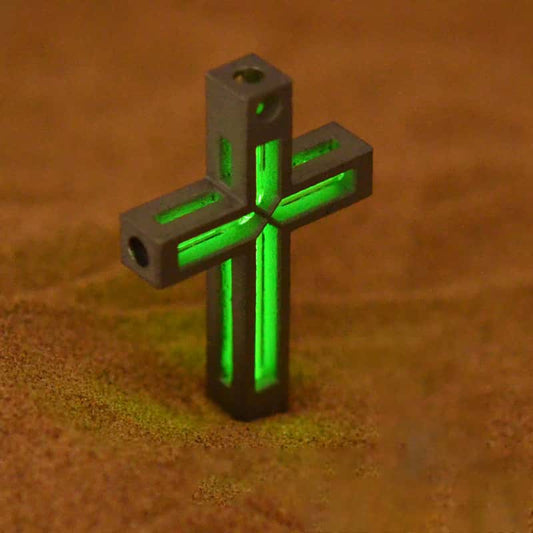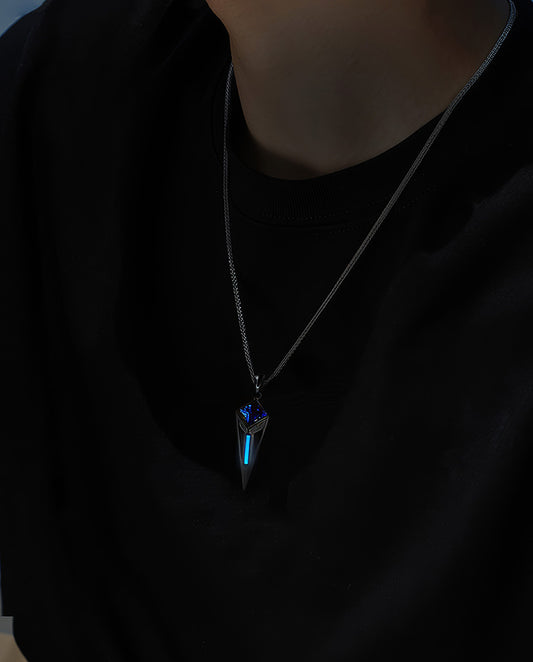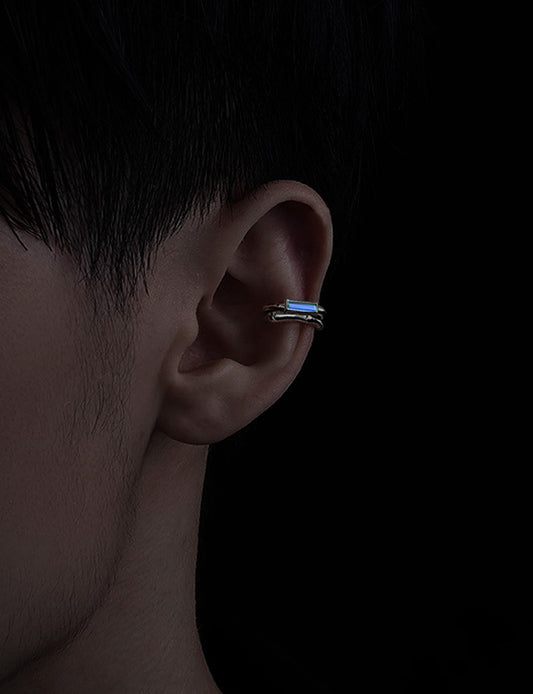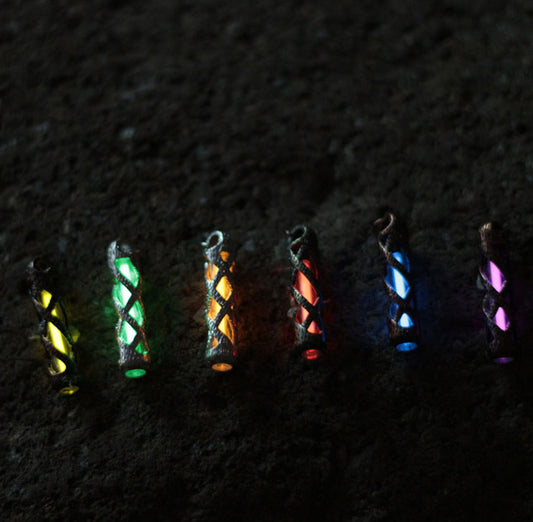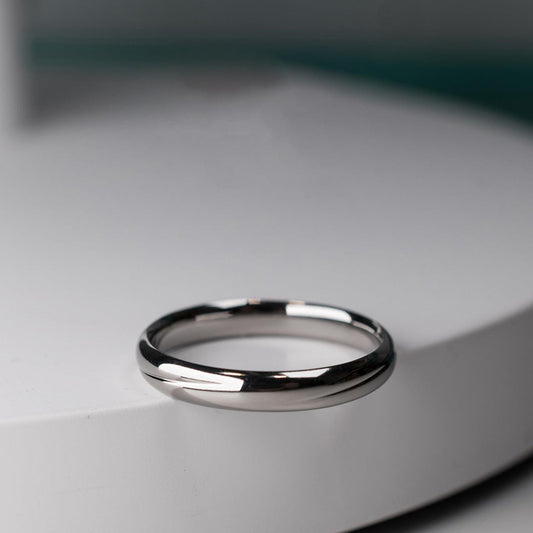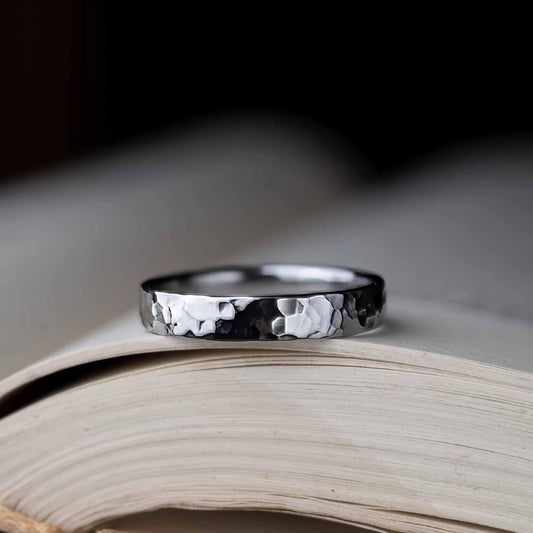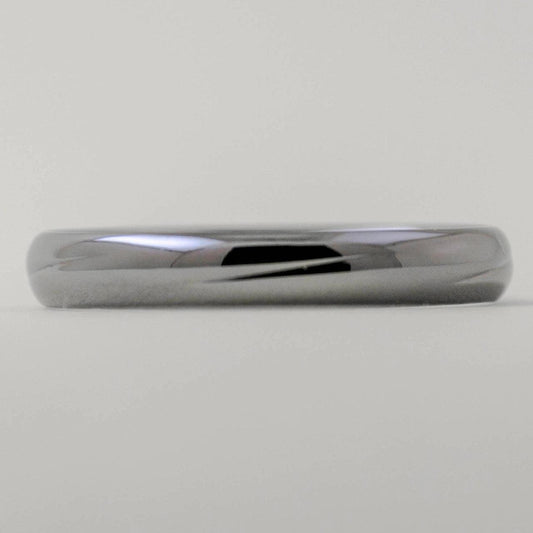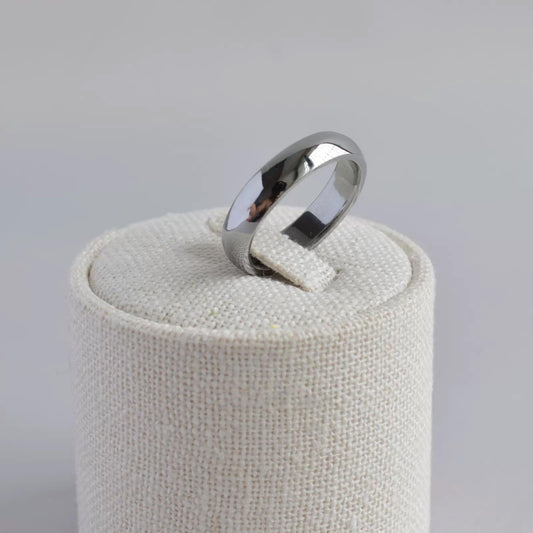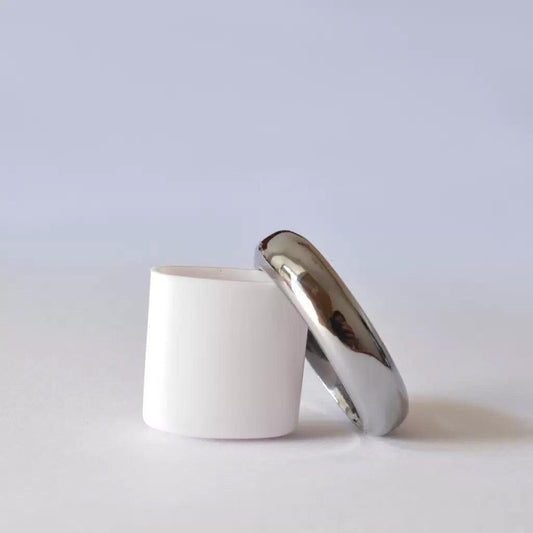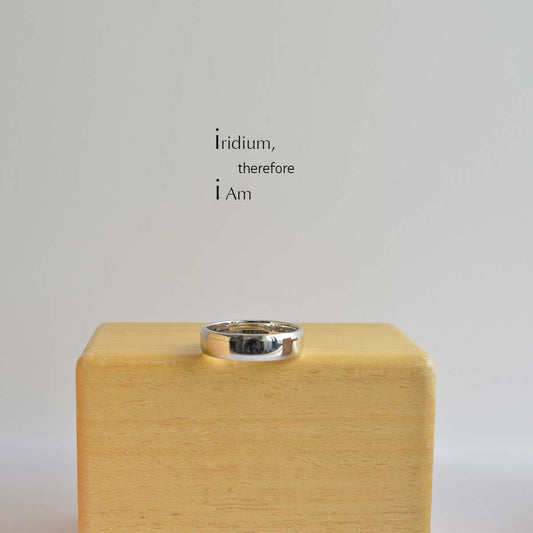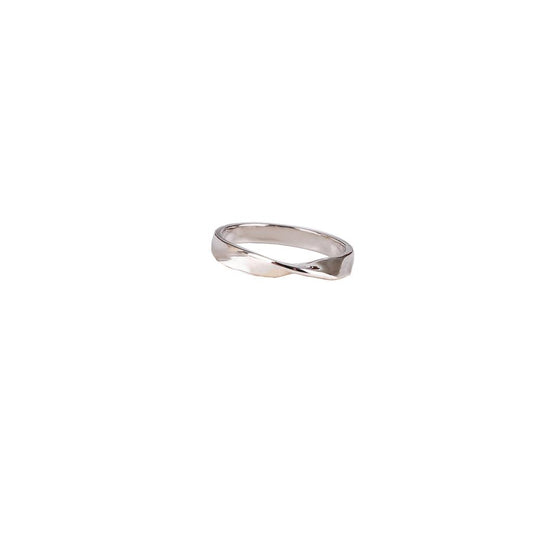Understanding the Laboratory Ring
Understanding the Laboratory Ring
If you’ve ever ventured into the realm of scientific laboratories, you’ve probably encountered the humble laboratory ring. At first glance, it may not seem like much—a simple metal ring attached to a stand, often with a clamp—but upon closer inspection, it reveals itself as a vital cog in the machinery of scientific exploration.
Lab rings are used to support equipment above the working surface, allowing for the heating of chemicals over a Bunsen burner or the stabilization of glassware during experiments. Usually part of a setup known as a retort stand, these rings are crafted from durable materials like stainless steel or iron, chosen for their heat resistance and longevity. The first time I came across one of these contraptions was during my high school chemistry class. The teacher, Mr. Robinson, demonstrated the process of heating a beaker filled with water perched on a wire gauze—the very heart of the lesson balanced precariously yet securely over a gentle flame. There was something almost magical about it, the way it defied gravity and common sense.
As mundane as they might appear, lab rings are key players in the precise world of laboratory work. Their design has barely changed in decades—a testament to their simplicity and efficacy. They facilitate a range of functions, from holding funnels during filtration to suspending lights or microphone arrays for recording experiments. Such versatility is genuinely something to admire, especially in an age where many tools quickly become obsolete.
Interest in lab equipment might seem niche, but it sees cross-pollination with other fields, too. For instance, someone deep in the DIY community might repurpose a lab ring for a unique home gardening project. After all, the principles of suspension and support can transcend their original context. I remember my cousin Julie once borrowing a lab ring from her biotech lab to stabilize a small potted plant she had hanging in her sunroom. It felt slightly subversive but also ingenious, this borrowing of scientific tools for domestic creativity.
In an age dominated by digital technology, the tactile nature of lab work—embodied by simple tools like the laboratory ring—serves as a reminder of the physical world’s importance. As I sit here reminiscing about Mr. Robinson’s class, I realize that part of the charm of chemistry—or any hands-on science, for that matter—is its ability to bridge the gap between the theoretical and the tangible. There’s an undeniable satisfaction in the click of a clamp tightening or the soft whoosh of a Bunsen burner igniting.
Reflecting on my school days, I am grateful for those grounding experiences that sparked an imagination otherwise dulled by theory. It’s a marvel how such unassuming objects can contribute so significantly to the world of science. Who would have thought that a simple ring could hold so much?
